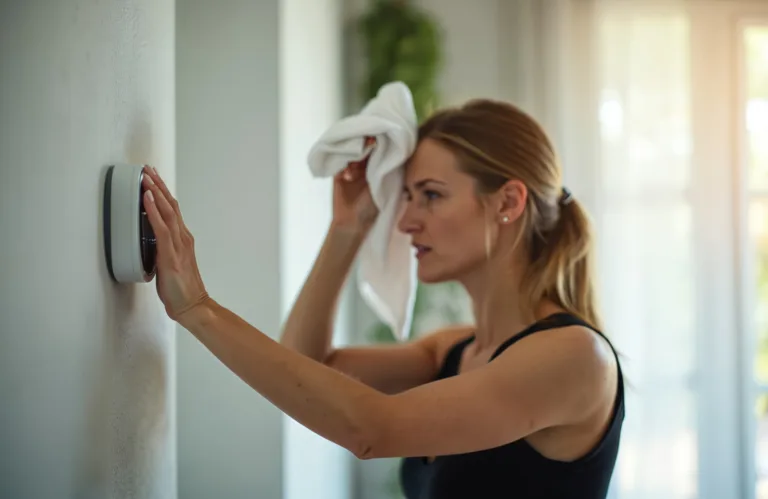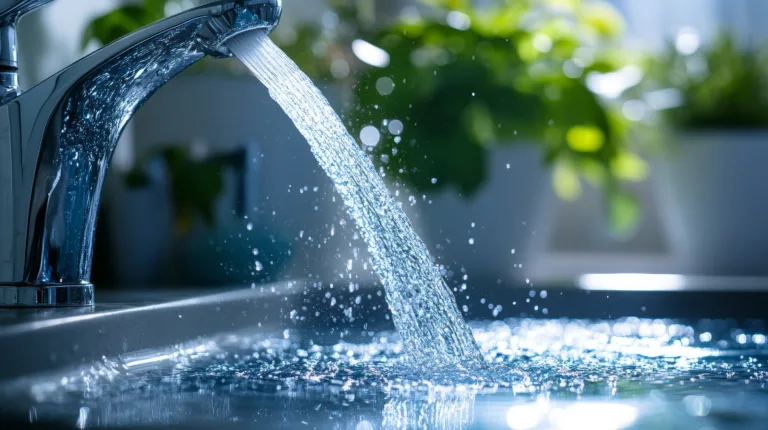If you’re a homeowner in the Greater Phoenix area, the last thing you want to deal with is a damaged sewer line. Yet, sewer line issues are more common than you might think, and certain homes are at higher risk. From older pipes to invasive tree roots, several factors can contribute to sewer line damage. Knowing these risks can help you take action before problems escalate into costly repairs. Here’s what you need to know to protect your home.
Older Homes with Aging Pipes
In the Greater Phoenix area, many homes built before the 1980s may have sewer lines made from materials like clay, cast iron, galvanized, or even Orangeburg (a type of fiber conduit). These materials were common back then but are prone to wear and tear over time. Clay and cast iron pipes can corrode, crack, or collapse, while Orangeburg pipes are notorious for their fragility.
If your home has an older plumbing system, it may be vulnerable to sewer line damage. Regular inspections and preventative maintenance are essential for these homes to avoid unexpected issues. A camera inspection of your sewer line can provide a clear view of its current condition and help you spot problems early.
Invasive Tree Roots
While Phoenix may be known for its desert landscape, many homeowners plant trees to beautify their yards and provide shade during the sweltering summers. However, those same trees could be putting your sewer line at risk. Tree roots naturally seek out moisture, and if your sewer line has even the smallest crack, roots can infiltrate the pipe. Once inside, they grow and expand, causing blockages or even breaking the pipe.
Popular trees in the Greater Phoenix area, such as mesquite, palo verde, and mulberry, are especially notorious for their aggressive root systems. If you have large trees growing near your sewer line, regular inspections and preventative root cutting may be necessary to avoid significant damage.
Shifting Soil and Ground Movement
Phoenix’s hot climate and desert soil present a unique challenge for homeowners. Extreme heat and periods of drought can cause the soil to shrink and shift. During monsoon season, heavy rains can lead to quick ground saturation, causing further movement. This shifting soil can put excessive pressure on sewer lines, especially if they are older or already weakened.
Homes located in areas with high clay content in the soil are particularly vulnerable because clay is more prone to expanding and contracting with moisture changes. If your home is in one of these areas, it’s a good idea to monitor your plumbing for signs of stress, such as slow drains or recurring clogs.
Poor Installation or Maintenance
Not all sewer line damage is a result of natural causes. Poor installation practices or a lack of regular maintenance can also lead to problems. If your sewer line was improperly installed or hasn’t been inspected in years, it could be more prone to damage. Misaligned pipes, improper slope, or poorly connected joints can increase the risk of clogs, backups, or leaks.
Regular sewer line maintenance, including professional drain cleaning and inspections, can help identify and resolve potential issues before they result in a full-blown sewer emergency.
Warning Signs of Sewer Line Trouble
Even if your home is at risk for sewer line damage, being aware of the early warning signs can save you from a disaster. Watch out for:
- Frequent drain clogs or backups
- Foul odors coming from your drains or yard
- Soggy patches or sinkholes in your yard
- Gurgling noises in your pipes
- Slow draining water in sinks, tubs, or toilets
Protect Your Home: Schedule a Sewer Line Inspection
If your home falls into any of these risk categories, don’t wait for a major issue to arise. Hansen Family Plumbing & Air offers professional sewer line inspections and repairs to homeowners across the Greater Phoenix area. Our experienced technicians use the latest technology, including camera inspections, to pinpoint any issues in your sewer line.
Don’t let a hidden sewer line problem turn into a costly nightmare. Contact Hansen Family today to schedule an inspection and protect your home from future damage.

